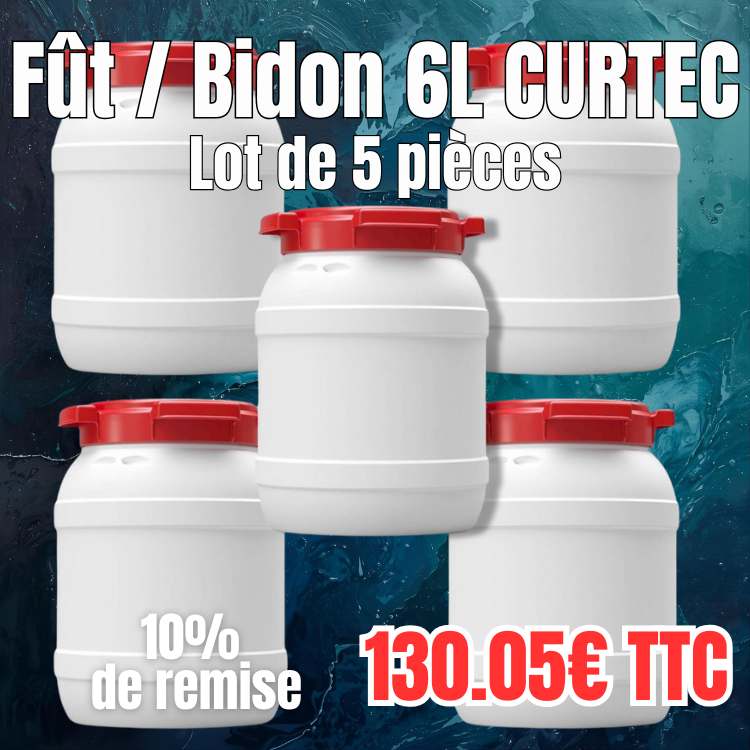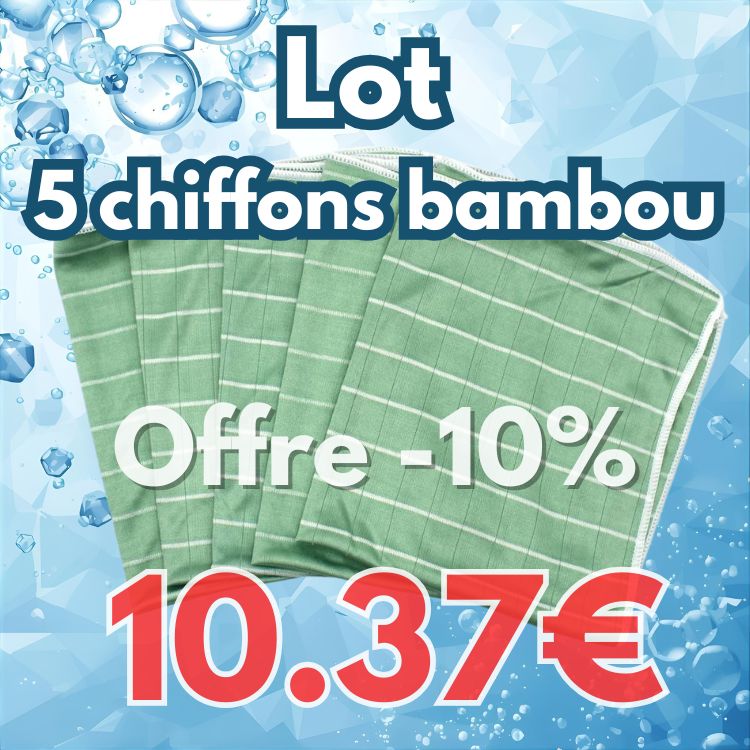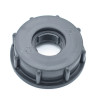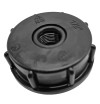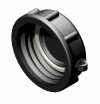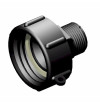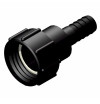
How to identify the right thread for your 1000L IBC tank and choose the fitting
How to identify the correct thread on your IBC 1000L tank and choose the perfect fitting? The foolproof guide.
Introduction
Welcome to this comprehensive technical guide, designed to take the guesswork out of connecting your IBC 1000-litre tank (or IBC, Intermediate Bulk Container). Whether you're storingrainwater, handling chemicals or managing industrial fluids, outlet valve thread compatibility is a must to guarantee safety and watertightness. The market offers a variety of standards(S60x6, S100x8, Pas Gaz, etc.), which can confuse the novice user. Our aim is to arm you with a clear and professional method for rigorously identifying your valve's male thread and selecting the perfectly adapted IBC female fitting. We'll also look at camlock quick-connect f ittings and less common threads to provide you with total expertise on the subject, ensuring the success and durability of your storage system.
Part 1: Understanding tank basics IBC 1000 Litres
What is a tank IBC and valve clarification
The IBC tank, or Large Bulk Container, is a standardized container, generally 1000 liters, indispensable in fluid logistics. Its HDPE (high-density polyethylene) structure is protected by a metal cage. The key component of the distribution system is the outlet valve, located at the base. It carries the male thread to which you will attach your entire distribution system (hose, pump, etc.). It's essential to distinguish between valve types according to their internal closing mechanism.
Ball valves and butterfly valves are the most common; they are distinguished by the nature of the obturator (a drilled sphere for the former, a disc for the latter), but their outlet thread may be identical. These mechanisms are different from cam-type valves (much rarer at the IBC outlet), which directly incorporate a quick-acting coupling ( Camlock type) onto which another coupling is clipped, without the need for screwing. Whatever the valve, its threaded outlet is the starting point for our analysis to determine which IBC fitting to buy.
Thread definition: Pitch and Diameter
To correctly identify the thread on your IBC valve, it's essential to understand the two parameters that define it: the outside diameter and the thread pitch. The diameter is measured on the widest part of the thread(male) and is expressed in millimeters. The thread pitch is the precise distance, also in millimeters, separating the apex of two consecutive threads (the crests of the spiral). The combination of these two measurements is used to determine the thread standard (example: S60x6, where 60 mm is the nominal diameter and 6 mm is the pitch). The accuracy of these measurements is crucial.
Even the slightest error in identifying the pitch (e.g. confusing an S60x6 with a Gas Thread, or BSP, which has much finer threads) will render the female fitting incompatible and inevitably lead to leaks or the impossibility of screwing. Mastering this definition is the first step towards a safe connection and a perfectly watertightsprinkler or distribution system.
Part 2: A practical guide to thread identification IBC
Standard Thread S60x6 and Specific Thread S100x8
The S60x6 thread is the standard most frequently used on IBC 1000L tanks in Europe. It is the reference standard for most tank adapters IBC. The S60x6 code corresponds to a measured outside diameter of around 60 millimeters (generally between 58 and 61 mm) and a coarse thread pitch of 6 millimeters. These threads are widely spaced, making them easy to identify visually. However, other "coarse" threads exist and are important to know.
S100x8 is used for larger-diameter valves (around 100 mm) for high flow rates or specific industrial applications. It has an 8 mm pitch. To the untrained user, if the thread looks wide and spaced out, chances are it's an S60x6. Nevertheless, it is strongly recommended to check the pitch measurement. To buy an S60x6 female fitting with confidence, you need to have eliminated all other possibilities, including the rarer threads we'll discuss below.
Rare but essential threads: S92x4, M80x3 and 2" NPS
For the sake of completeness, it is essential to mention the specific threads found on certain specialized tanks or less common brands, whose identification is absolutely critical. The S92x4 is a large-diameter thread( approx.92 mm ), but with a 4-mm finer pitch than the S100x8. The M80x3 is distinguished by its diameter of almost 80 mm and a very fine pitch of 3 millimeters, visually approaching the so-called "metric" threads and requiring a specific M80x3 fitting. Finally, the American 2" NPS (National Pipe Straight) standard is a straight thread measured in inches (2").
These standards, often referred to as fine threads, are clearly distinguished from S60x6 by the reduced spacing between the threads. In the case of a valve with a very tight thread, it is imperative to use a caliper to measure the pitch accurately. Attempting to screw an S60x6 adapter onto one of these threads will either block or irreparably damage the plastic threads, rendering the valve unusable and causing leakage. Caution is therefore called for in these specific cases.
The foolproof identification method and the specifications table
To identify your IBC thread with professional reliability, follow these two steps with a caliper:
Step 1: Measure Outside Diameter. Measure the maximum distance above the valve threads.
Step 2: Measure screw pitch. Measure the distance between the top of two consecutive threads (or divide the length of ten threads by ten for greater accuracy).
These two figures will help you locate the appropriate standard. If the result is 60 mm for the diameter and 6 mm for the pitch, the fitting is an S60x6 female.
The table below, enriched with specific standards, is your reference tool for choosing the right tank adapter IBC.
| Thread type | Outside Diameter (Approx.) | Screw pitch | Features | Required fitting |
| S60x6 | 60 mm | 6 mm | Coarse threads, very common | Fitting S60x6 female |
| S100x8 | 100 mm | 8 mm | Very coarse threads, not coarse | Fitting S100x8 female |
| S92x4 | 92 mm | 4 mm | Large diameter thread, fine pitch | Fitting S92x4 female |
| M80x3 | 80 mm | 3 mm | Metric thread, very fine pitch | M80x3 female fitting |
| Gas pitch (BSP) | Variable (in inches) | Very tight and fine threads | Standard plumbing threads | Female gas connection |
Part 3: Choosing the right fitting for your thread
Screw-in fittings: Transform IBC thread into a standard outlet
Once you've identified your valve's thread (e.g. S60x6), the next step is to select the right female threaded fitting. The function of this fitting is to transform the specific IBC thread into a more conventional outlet, generally threaded to plumbing standards(Pas Gas or BSP) or into a quick-acting outlet. For example, an S60x6 female to 1" male BSP fitting can be used to connect any standard accessory (pump, tap, garden hose).
The choice of fitting should therefore be determined by the end use. Fittings can be: reducers (to change from a large diameter S100x8 to an S60x6), augmenters, or fittings with multiple outlets(double tap IBC). It is essential to always opt for fittings made of durable materials (PP, HDPE, brass) to ensure mechanical resistance and chemical compatibility with the fluid stored. A quality fitting guarantees performance and avoids leakage problems due to plastic deformation.
Camlock fittings: Speed and safety
An alternative to threaded connections is the camlock system. This type of connection is highly prized in the industrial sector for its connection speed and safety. The principle is simple: instead of screwing, the Camlock fitting (male or female) connects with a quarter-turn and locks with two levers (or cams). If your valve has an S60x6 thread, you'll first need to install a female S60x6 adapter that terminates in a male Camlock fitting (e.g. type A). Next, you'll connect your hose, fitted with the corresponding Camlock female fitting (e.g. type D). The big advantage for the novice is the simplicity of day-to-day handling and the sturdiness of the lock. However, it is imperative to ensure the correct size (e.g. 2", 1") and type (A, B, C, D, E, F) of the two Camlock elements to guarantee a perfect IBC connection.
The essential role of the Gasket
The guarantee of awatertight seal does not rest solely on the fitting itself, but fundamentally on the gasket inserted between the female fitting and the male thread of the valve. A quality flat gasket or O-ring provides the necessary compression to block the flow of liquid. The most professional aspect of gasket selection is the material:
NBR (Nitrile Butadiene Rubber): Standard, excellent for water and certain hydrocarbons.
EPDM (Ethylene Propylene Diene Monomer): Ideal for rainwater and resistant to light acids and alkalis.
PTFE (Teflon): Essential for high chemical and thermal resistance.
For watering applications IBC with water, EPDM is often the best choice. When storing chemical products, the product's safety data sheet must guide the choice of seal material IBC. An unsuitable seal will degrade rapidly, leading to leaks and the risk of contamination.
Conclusion
You are now equipped with the technical knowledge, including rare threads and Camlock systems, to master the connection of your IBC 1000-litre tank. Careful identification of the thread (usually S60x6) using the diameter/pitch method is the only guarantee of success. Remember that the choice of IBC adapter depends on the final application (irrigation, pump, industry) and that the seal is a non-negotiable element of safety. Investing in a quality fitting and seal is the best way to ensure the long life of your installation.
What is your tank's final application (irrigation, pump, transfer)? We can help you identify the ideal final outlet adapter (tap connector, Camlock fitting, or other)!
Share this content

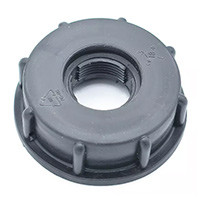

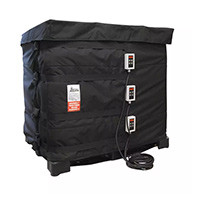
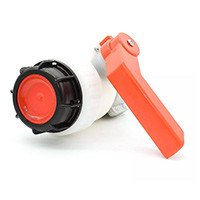
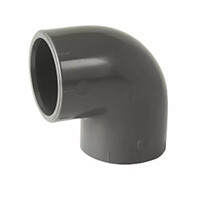
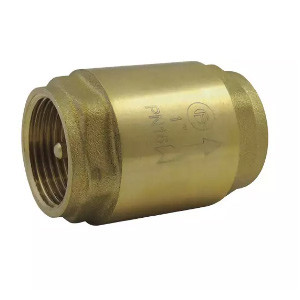
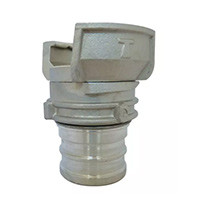


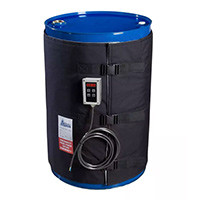

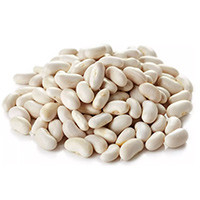

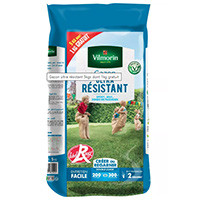
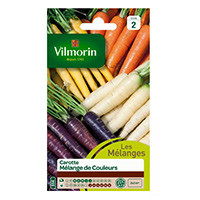

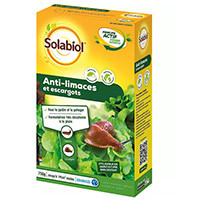


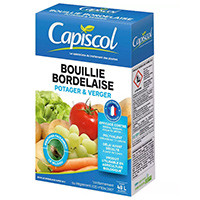
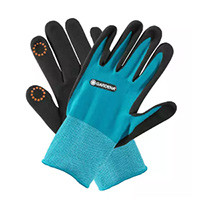
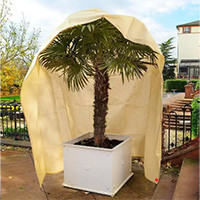

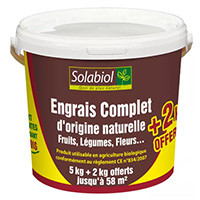

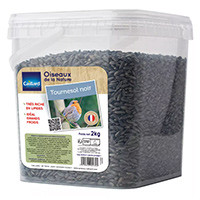


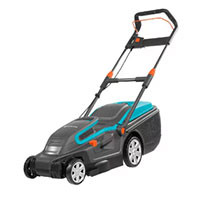

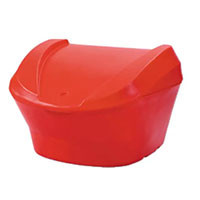
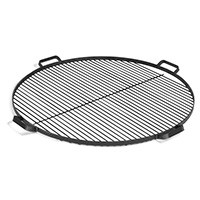
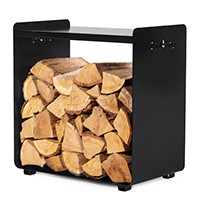



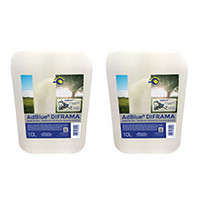
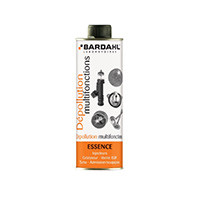

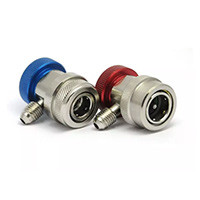
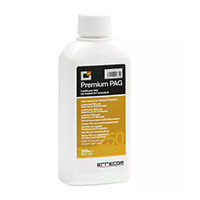


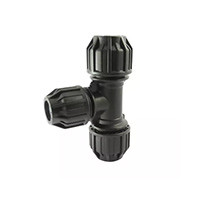

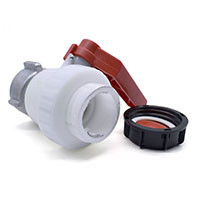
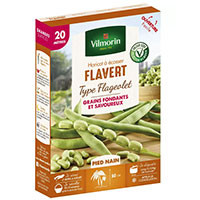
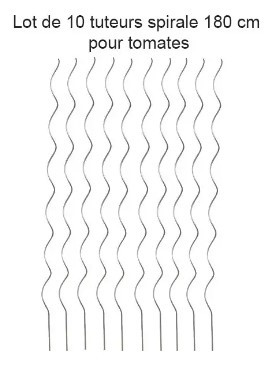
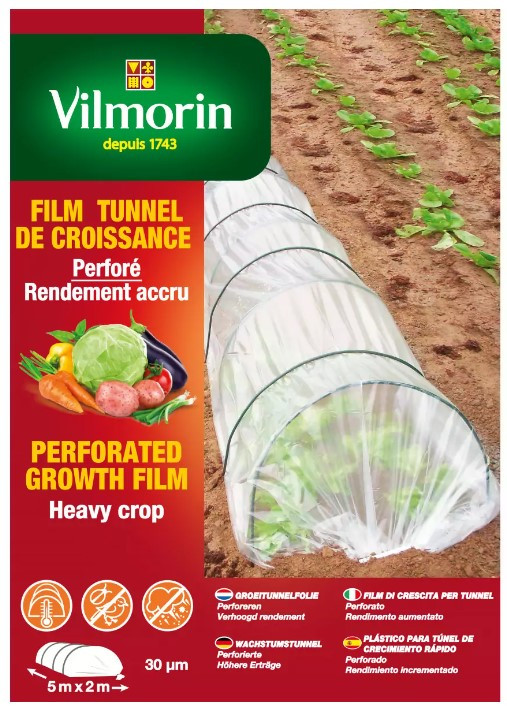

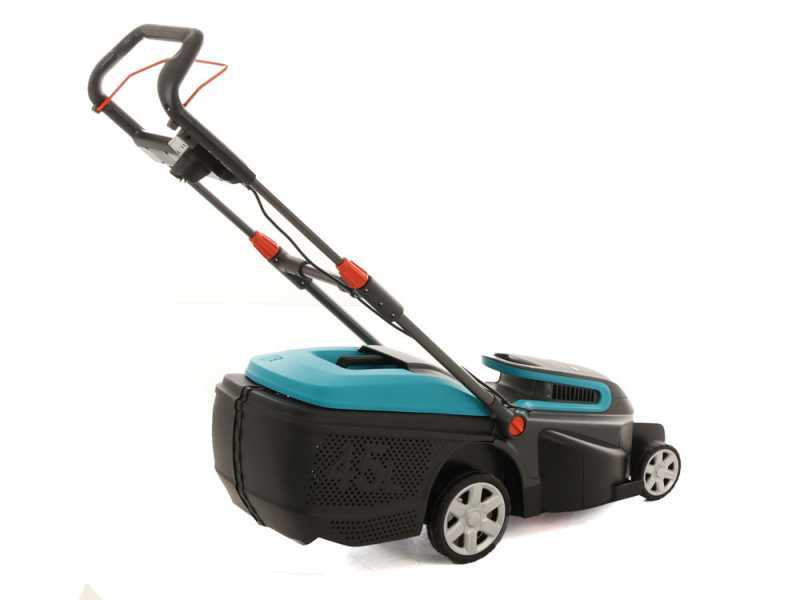




_688cc30f83e4e.jpg)
